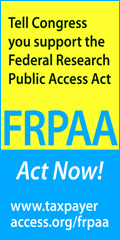If you can't link up vital data about sickness and treatment, you compromise the health of Australians, says Marienne Hibbert of the Molecular Medicine Informatics Mode [MMIM].
The Melbourne-based MMIM has already made a promising start. Online access to 150,000-plus anonymous patient records enables researchers across the country to do the kind of work that can save lives, but so much more could be done....
"The whole model is about protecting the data and ensuring research collaboration," Dr Hibbert said.
[The difficulty of medical research is] nothing compared with the complex web of law, regulation and institutional interest that stands in the way of bigger and better data linkages. "The issues are never the IT," Dr Hibbert said. Rather, it's IP, or intellectual property: who owns the data, raw and analysed.
"I probably didn't expect the IP to cause so much angst," she said. It took 18 months to hammer out the agreement that would allow MMIM to go to work; this was the "prenup" for a marriage of data and research teams. "It got converted from 10 (IP) principles to something like a 70-page document," Dr Hibbert said. Privacy clearance, by contrast, was quicker than expected....
[T]he Australian Institute of Health and Welfare...records on date and cause of death [could] speed the study of cancer survival rates.
The campaign to link up is being driven by advances in genetic science, information technology that encourages research collaboration and the promise of startling new findings as fragmented information is brought together in a vast database.






